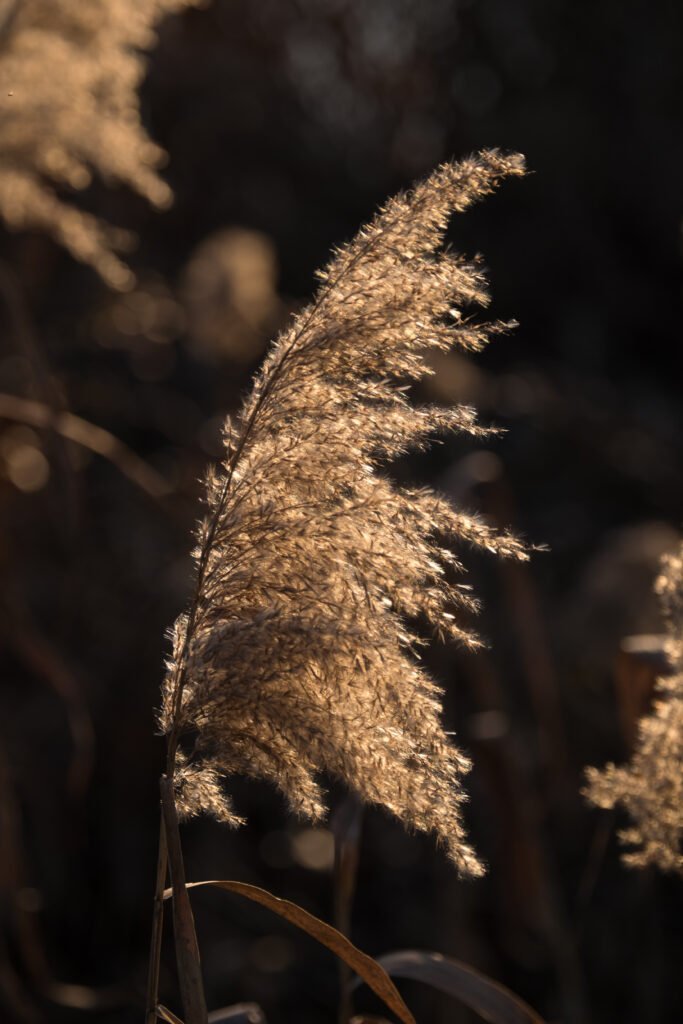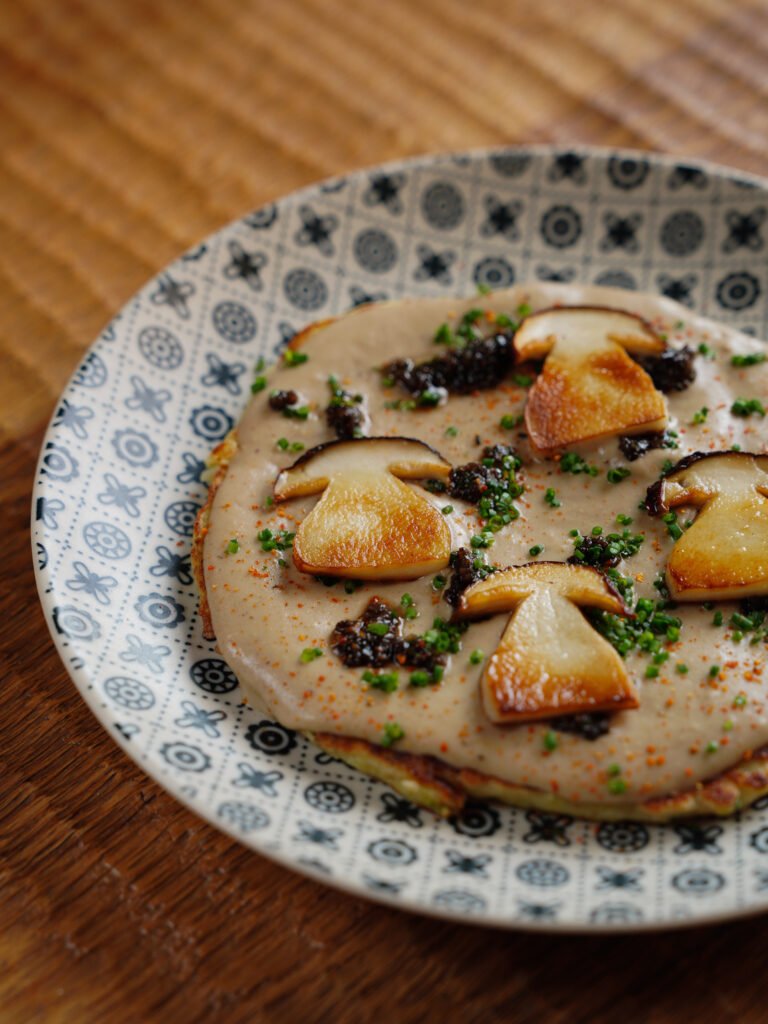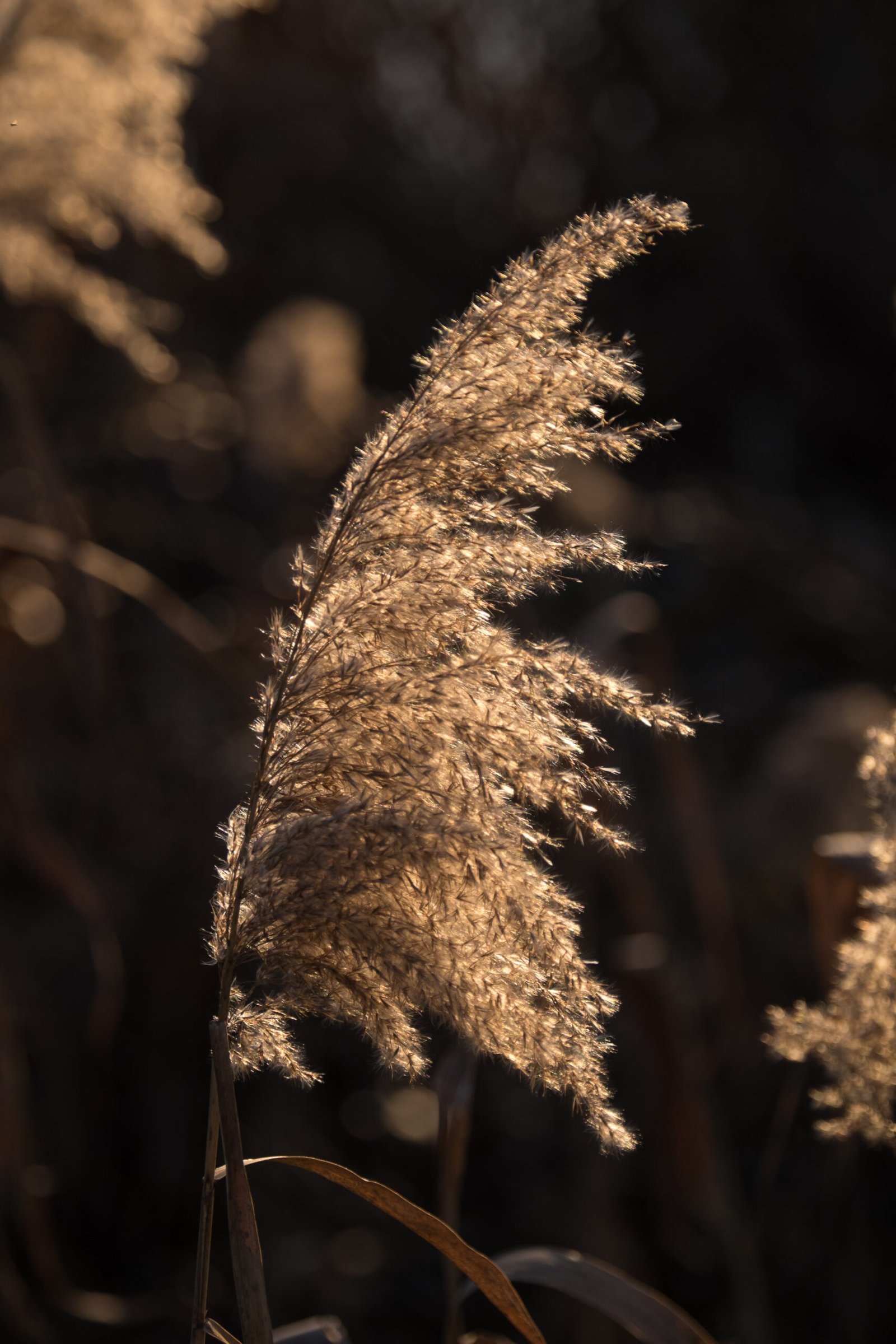Are you tired of opening your kitchen cabinet and finding stale, flavorless spices? If so, it’s time to discover the best practices for storing spices to maintain their freshness. From choosing the right containers to keeping them away from heat and sunlight, these simple tips will ensure that your spices are always at their peak flavor. Say goodbye to tasteless meals and hello to an aromatic and delicious culinary experience!
Proper Storage Containers
When it comes to storing spices, the right container can make all the difference in maintaining their freshness. Glass jars, metal tins, and ceramic containers are all excellent options to consider. Glass jars offer a clear view of the spices, allowing you to easily identify and access what you need. They also provide an airtight seal, which helps to keep the flavors and aromas intact. Metal tins, on the other hand, are great for protecting spices from light and moisture. They are also durable and can withstand years of use. Ceramic containers are not only visually appealing but also effective at keeping spices fresh. They are typically airtight and offer good insulation against light and moisture.
Dark and Cool Environment
Spices are highly sensitive to light and heat, both of which can deteriorate their flavors and aromas. To ensure your spices stay fresh for longer, it’s important to store them in a dark and cool environment.
Location
The location where you store your spices can greatly impact their longevity. Choose a spot away from direct sunlight, as exposure to light can degrade the quality of spices over time. A pantry or cupboard that is shielded from sunlight is an ideal location for spice storage.
Temperature
Maintaining a cool temperature is crucial for preserving the freshness of spices. Excessive heat can cause the volatile oils in spices to evaporate, leading to a loss of flavor and aroma. Aim to keep your spice storage area at a consistent temperature, ideally below 77°F (25°C).

Avoiding Exposure to Air
Air exposure can also contribute to the degradation of spices. To prevent this, it’s important to store your spices in containers that are airtight and minimize air contact.
Sealed Containers
Investing in sealed containers is a must when it comes to proper spice storage. Opt for containers with well-fitting lids that create a tight seal, keeping the air out. This will help preserve the quality of your spices and prevent them from losing their potency.
Filling Containers
When transferring spices to your storage containers, be sure to fill them up as much as possible. Leaving excessive air in the container can lead to faster degradation. If your containers are larger than the amount of spice you have, consider using smaller containers or adding food-grade moisture-absorbing packets to minimize air exposure.
Protecting from Light
Light exposure is one of the biggest enemies of spice freshness. To safeguard your spices from the damaging effects of light, take the following measures:
Light-Resistant Containers
Choosing containers that are opaque or tinted can help shield spices from light. Look for glass jars or metal tins that are specifically designed to block out light and UV rays. Avoid clear or transparent containers, as they allow light to penetrate and compromise the quality of your spices.
Storage Locations
Store your light-sensitive spices in a dark area, away from natural or artificial light sources. If your storage area has ambient light, consider using opaque bins or wrapping your containers in a dark cloth or paper to further protect them from light exposure.

Keep Away from Moisture
Moisture can quickly deteriorate the quality of spices, leading to clumping, loss of flavor, and even spoilage. To keep your spices dry and free of moisture-related issues, follow these guidelines:
Dry Environment
Choose a storage area that is dry and well-ventilated. Avoid storing your spices near areas prone to moisture, such as the sink or dishwasher. Moisture-absorbing packets can also be placed inside your spice containers to help combat any excess humidity.
Avoiding Condensation
Condensation can occur when there are extreme temperature variations or if spices are stored in an area with high humidity. To prevent condensation, ensure your spice containers are tightly sealed when not in use and avoid opening them unnecessarily in humid environments. Additionally, allow spices to reach room temperature before using them to avoid introducing moisture from temperature differences.
Proper Handling and Usage
Maintaining proper hygiene and handling practices is crucial to prevent contamination and ensure the freshness of your spices.
Clean Hands and Utensils
Always wash your hands before handling spices to prevent transferring any unwanted substances or bacteria. It’s also important to use clean utensils when scooping spices to avoid cross-contamination. Opt for dry measuring spoons or small scoops dedicated solely for spice use.
Avoiding Cross-Contamination
To prevent cross-contamination, it’s best to avoid directly sprinkling spices from their containers onto food. Instead, pour a small amount into a separate dish or use a clean utensil to scoop out the desired amount. Avoid introducing moisture into the spice container, as it can lead to clumping or spoilage.

Organizing Spice Cabinet
A well-organized spice cabinet not only makes it easy to find and use your spices but also helps maintain their freshness.
Labeling Containers
When storing spices in various containers, labeling is key to avoid confusion and ensure the correct spice is used. Use waterproof labels or permanent markers to clearly identify each spice container. Include the date of purchase or expiry to keep track of freshness.
FIFO Method
The first-in, first-out (FIFO) method is a simple yet effective way to rotate your spices and ensure that older ones are used first. Arrange your spice containers in a way that allows easy access to the oldest spices at the front of the cabinet or shelf. This practice helps prevent the accumulation of expired or stale spices.
Using Whole Spices vs Ground Spices
Whole spices and ground spices each have their own benefits and storage considerations. Here’s what you need to know:
Grinding Whole Spices
Whole spices, such as cloves, peppercorns, or cinnamon sticks, have a longer shelf life compared to their ground counterparts. To maintain the freshness of whole spices, it’s best to grind them just before use. Invest in a high-quality spice grinder or mortar and pestle to grind small amounts as needed. Store whole spices in airtight containers in a cool, dark place.
Using Ground Spices
Ground spices have a larger surface area exposed to air and are more susceptible to losing their flavor and aroma. To maximize their shelf life, store ground spices in airtight containers away from light, heat, and moisture. Avoid purchasing large quantities of ground spices unless they will be used within a few months to ensure optimal freshness.
Determining Spice Shelf Life
Even with proper storage, spices will eventually lose their potency and flavor. Here’s how to determine if your spices have gone bad and when to discard them:
Signs of Spoiled Spices
The most common signs of spoiled spices include a loss of aroma, faded color, and a stale or unpleasant taste. If your spices no longer provide the vibrant flavors and aromas they once did, it’s time to consider replacing them.
Proper Discard Period
To maintain the best quality, it’s recommended to replace ground spices every 1 to 3 years and whole spices every 3 to 4 years. Discard any spices that exhibit signs of spoilage, even if they are within the recommended shelf life. Regularly check the freshness of your spices to ensure you’re using them at their peak flavor.
Buying Spices in Small Quantities
To ensure the freshness of your spices, consider buying them in small quantities rather than stockpiling large amounts.
Freshness vs Quantity
Spices are best when used within a certain period after grinding. Buying small quantities allows you to consume them before they lose their flavors and aromas. Additionally, bulk spices may sit on store shelves for longer periods, resulting in reduced freshness compared to buying smaller packaged quantities.
Buying from Bulk Bins
Bulk bins in specialty stores or spice markets can be a great option for purchasing small amounts of spices. These enable you to buy only what you need, reducing the chances of wasting unused spices. Remember to transfer your bulk spices to appropriately sized airtight containers for proper storage once you bring them home.
By following these best practices for storing spices, you can maintain their freshness and maximize their flavor and aroma. Investing in the right containers, keeping them in a dark and cool environment, avoiding air and moisture exposure, adopting proper handling practices, and using a FIFO system for organizing your spice cabinet will help you enjoy the full potential of your favorite spices for longer.

